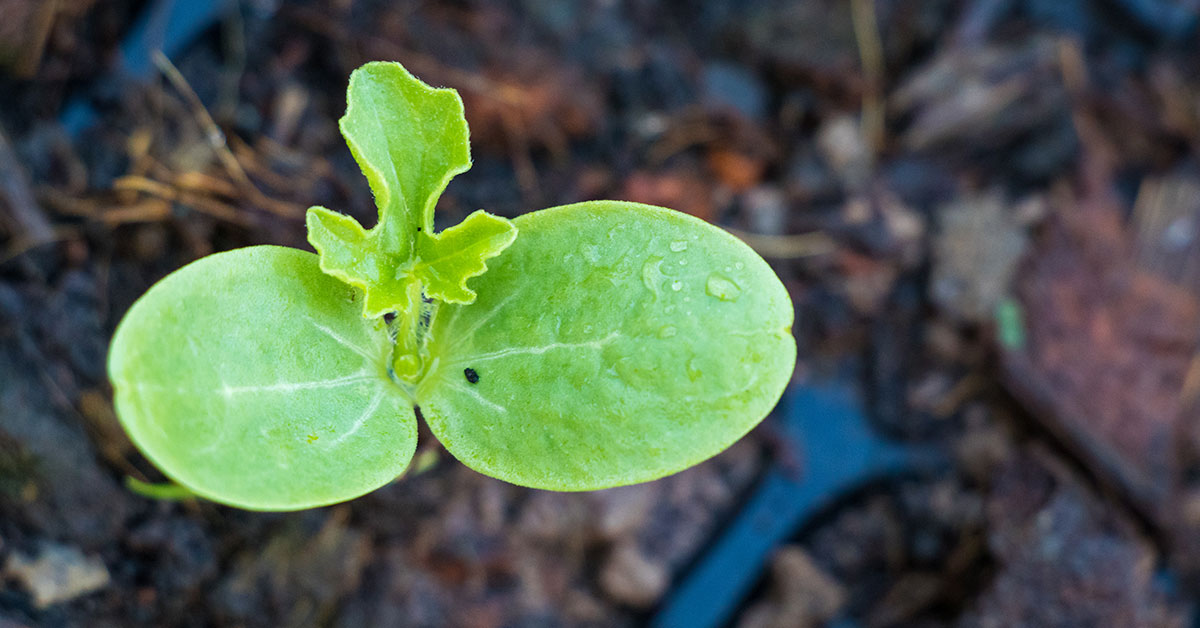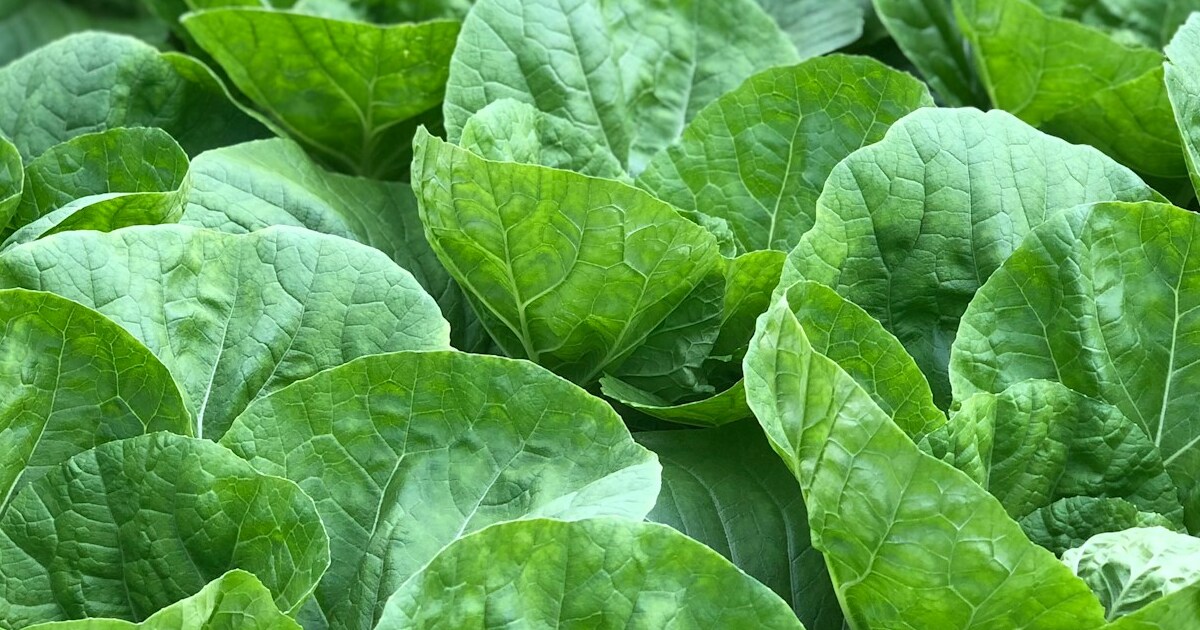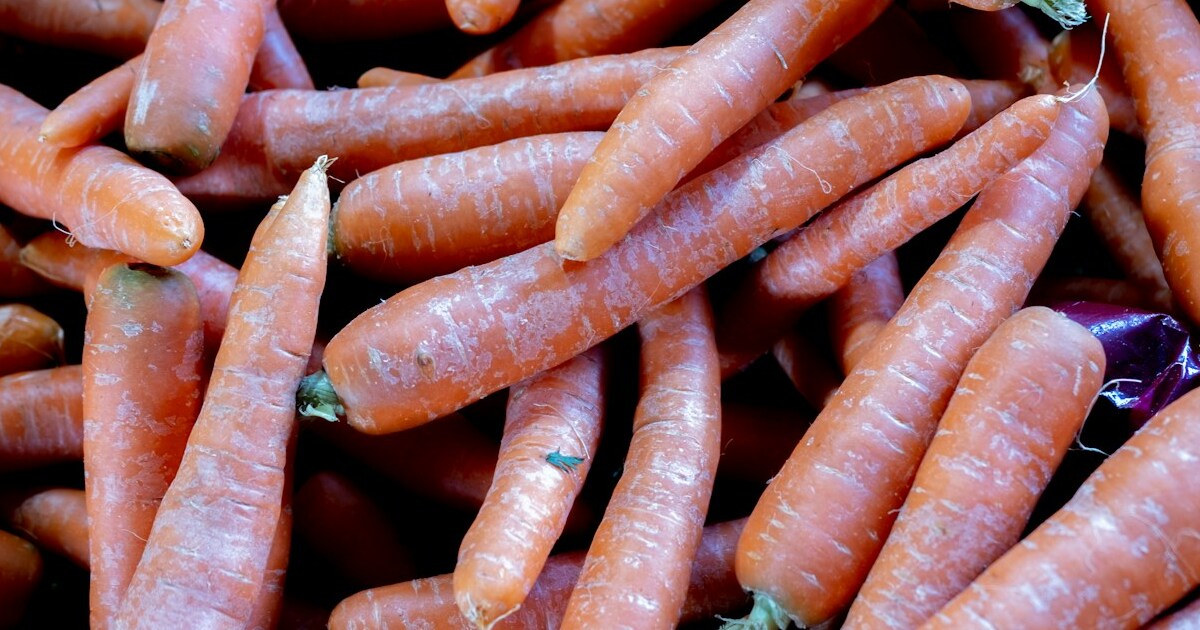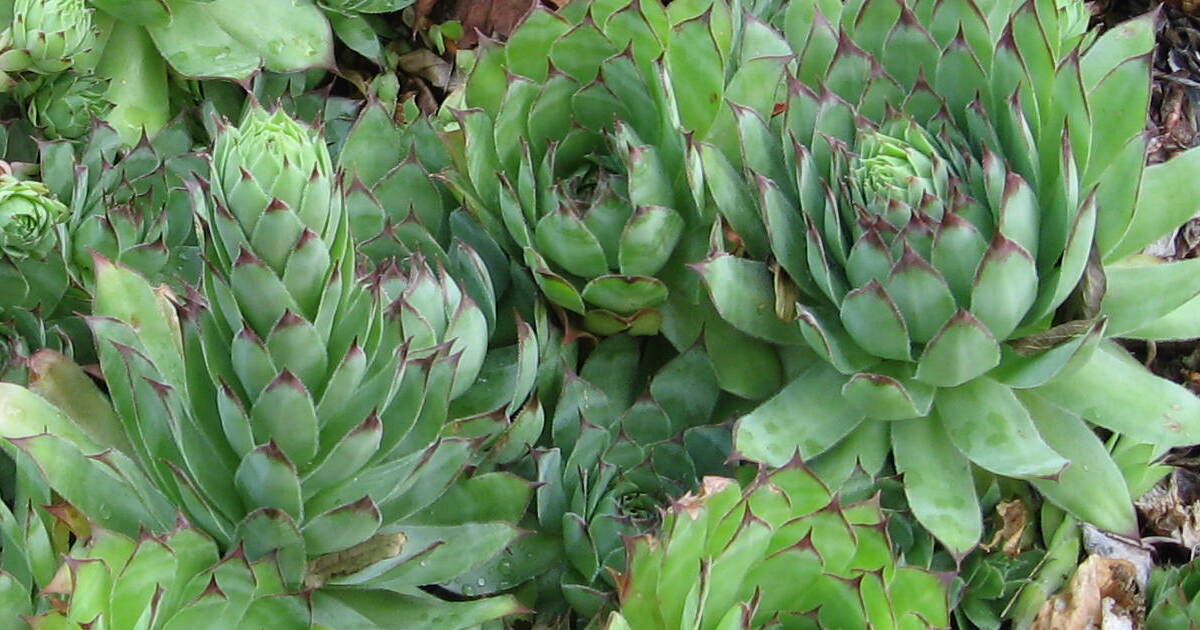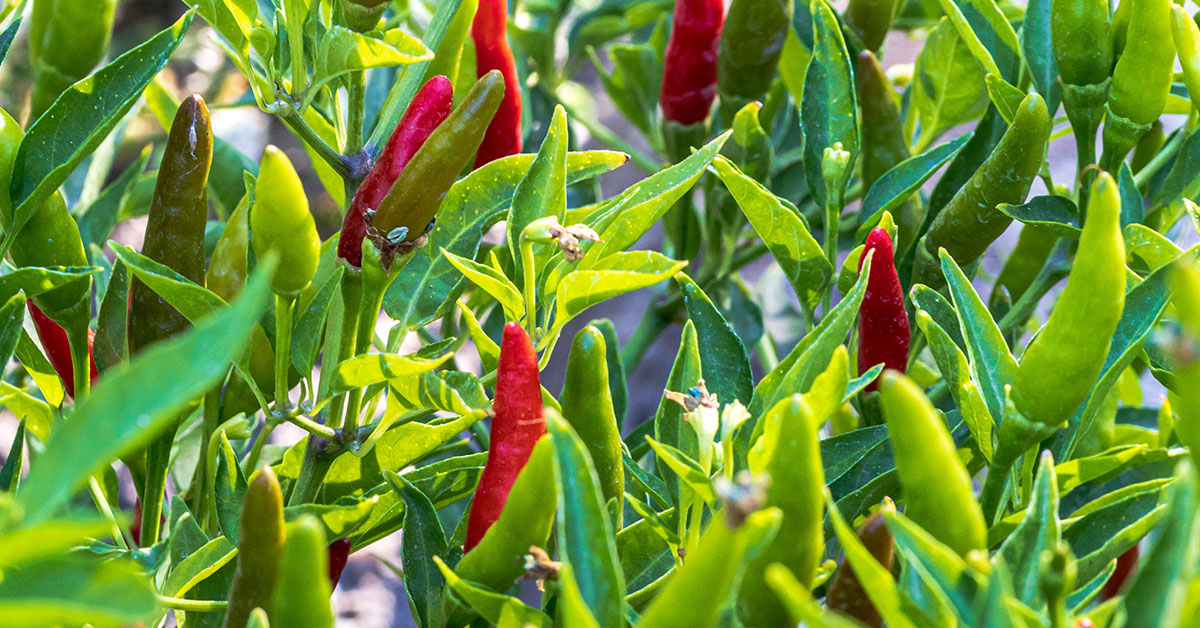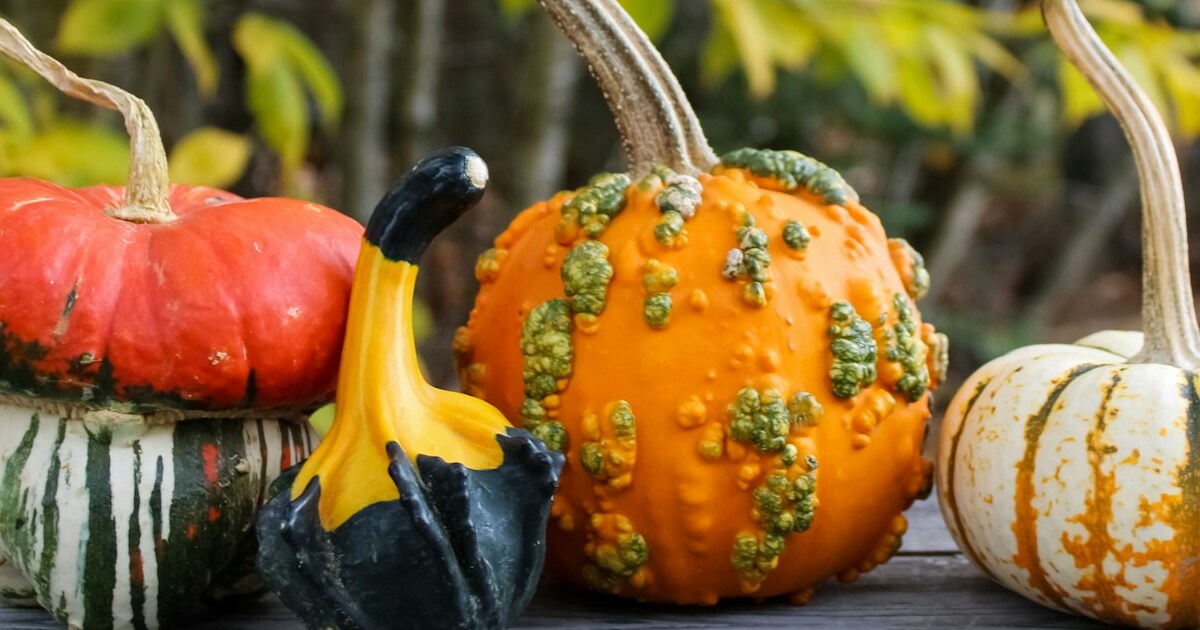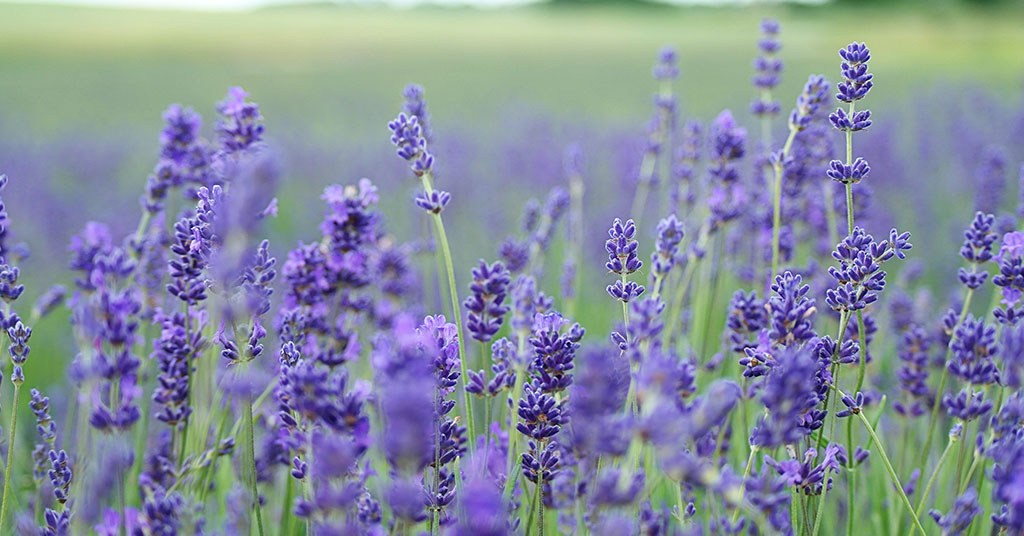Watermelons, with their juicy, refreshing flesh and vibrant colors, are a beloved summertime treat that can be grown right here in Vermont. While the state’s relatively short growing season may pose some challenges, with the right knowledge and techniques, you can successfully cultivate this delicious fruit in your own backyard.
In this article, we will explore the optimal time to plant watermelon in Vermont, taking into account the region’s climate and growing conditions. Additionally, we will provide valuable tips and insights to help you maximize your watermelon harvest and enjoy the sweet rewards of your gardening efforts. So, whether you’re a seasoned gardener or a beginner looking to embark on a watermelon-growing adventure, read on to discover the secrets of cultivating this summer delight in the Green Mountain State.
Best varieties of watermelon to grow in Vermont
Watermelon is typically grown in warmer climates, so it can be a bit challenging to grow in Vermont’s cooler climate. However, there are a few varieties that are better suited for the region. Here are some watermelon varieties that have shown success in Vermont:
- Blacktail Mountain: This variety is known for its early maturity and ability to tolerate cooler temperatures. It produces small to medium-sized fruits with sweet, juicy flesh.
- Sugar Baby: Sugar Baby is a popular variety that is well-suited for shorter growing seasons. It produces small to medium-sized fruits with deep red, sweet flesh.
- Crimson Sweet: While it may take longer to mature, Crimson Sweet is a larger watermelon variety that can still be grown successfully in Vermont. It has a high sugar content and crisp, juicy flesh.
- Moon and Stars: This unique variety has dark green skin with yellow spots resembling stars and a large yellow spot resembling the moon. It has sweet, red flesh and can tolerate cooler temperatures.
- Petite Treat: As the name suggests, Petite Treat is a smaller-sized watermelon variety that matures quickly. It is perfect for gardeners with limited space and has sweet, crisp flesh.
When growing watermelons in Vermont, it is essential to start seeds indoors or use transplants to get a head start on the growing season. Additionally, providing the plants with a warm and protected growing environment, such as using row covers or plastic mulch, can help extend the growing season and improve overall success.
When to plant watermelon in Vermont
In Vermont, the best time to plant watermelon is typically in late spring or early summer when the soil temperature has warmed up to around 70°F (21°C) or higher. Watermelons are warm-season crops that require a long growing season, so it’s important to wait until all danger of frost has passed before planting them outdoors.
The average last frost date in Vermont varies depending on the specific location, but it generally falls between late May and mid-June. You can use this date as a guideline to determine when it’s safe to plant watermelon seedlings or sow seeds directly into the ground.
To give your watermelon plants the best chance of success, make sure to choose a sunny location with well-draining soil. Watermelons also benefit from the use of black plastic mulch to warm the soil and retain moisture. Providing adequate space for the vines to spread and regular watering throughout the growing season will help ensure healthy growth and a bountiful harvest.
How to grow watermelon
Growing watermelon requires careful planning and attention to detail. Here are the steps and considerations to keep in mind.
- Watermelons thrive in warm climates with temperatures between 70-85°F (21-29°C).
- Choose a location with full sun exposure (at least 6-8 hours of direct sunlight per day).
- Ensure the soil is well-draining and rich in organic matter.
- Watermelons prefer slightly acidic soil with a pH level of 6.0-6.8.
- Prepare the soil by removing weeds, rocks, and debris.
- Incorporate organic matter such as compost or well-rotted manure to improve soil fertility and drainage.
- Watermelons can be grown from seeds or transplants.
- If starting from seeds, sow them directly into the garden after the last frost date in your area.
- Plant seeds 1 inch deep and space them 2-3 feet apart in rows that are 6-8 feet apart.
- If using transplants, plant them at the same depth as they were in their containers, maintaining the same spacing.
- Watermelons require consistent moisture throughout their growing season.
- Water deeply, providing 1-2 inches of water per week.
- Avoid overhead watering to prevent foliar diseases. Instead, use drip irrigation or water at the base of the plants.
- Watermelons are heavy feeders and require regular fertilization.
- Before planting, incorporate a balanced fertilizer or compost into the soil.
- Apply a side dressing of nitrogen-rich fertilizer when the vines start to run.
- Avoid excessive nitrogen during fruit development, as it can lead to more foliage growth than fruit production.
- Watermelons require pollination to set fruit.
- Bees are the primary pollinators, so encourage their presence by planting flowers that attract them nearby.
- If pollination seems inadequate, you can hand-pollinate by transferring pollen from male flowers to female flowers using a small brush or cotton swab.
- Common pests include aphids, cucumber beetles, and squash bugs. Monitor plants regularly and use organic pest control methods if necessary.
- Diseases like powdery mildew, fusarium wilt, and bacterial fruit blotch can affect watermelons. Choose disease-resistant varieties and practice crop rotation to minimize the risk.
- Watermelons are ready for harvest when the fruit’s skin color dulls, the bottom side turns yellow, and the tendril closest to the fruit withers.
- Gently tap the fruit; if it sounds hollow, it’s likely ripe.
- Cut the fruit from the vine using a sharp knife or pruners, leaving a short stem attached.
By following these steps and considerations, you can successfully grow delicious watermelons in your garden.
When to harvest
Watermelon is a warm-season crop that requires a long growing season to reach maturity. In Vermont, where the growing season is relatively short, it is important to choose watermelon varieties that have a shorter maturity period.
Typically, watermelons are ready to be harvested around 80-90 days after planting. However, this can vary depending on the variety you are growing. It is crucial to check the seed packet or plant label for the specific maturity period of the variety you have chosen.
In Vermont, watermelon plants should be started indoors or in a greenhouse around 2-3 weeks before the last expected frost date. Transplant the seedlings outdoors when the soil has warmed up and all danger of frost has passed.
To determine if a watermelon is ready for harvest, there are a few indicators to look for:
- Size: Watermelons should reach their mature size, depending on the variety. The size can vary, but generally, a ripe watermelon will be larger than when it was immature.
- Color: The skin color of the watermelon will change as it ripens. Look for a dull or matte appearance rather than a shiny or glossy skin. The color of the skin can also change from green to a yellowish or creamy color.
- Sound: When you tap the watermelon, it should produce a deep, hollow sound. If it sounds dull or thud-like, it may not be fully ripe.
- Tendril drying: Check the tendril closest to the watermelon stem. If it has dried up and turned brown, it is a good indication that the watermelon is ripe.
Remember to handle watermelons with care when harvesting to avoid damaging the fruit. It is best to use a sharp knife or pruners to cut the stem, leaving a short stub attached to the fruit. This helps to prevent rotting and extends the shelf life of the harvested watermelon.
By selecting early-maturing varieties, monitoring the signs of ripeness, and considering the local climate, you can successfully harvest watermelons in Vermont.
Common watermelon plant problems and fixes
Common problems when growing watermelon include:
- Poor germination: If your watermelon seeds are not germinating well, it could be due to low soil temperature or poor seed quality. To fix this, ensure that the soil temperature is consistently above 70°F (21°C) before planting. Additionally, purchase high-quality seeds from reputable sources.
- Lack of pollination: Watermelons require proper pollination to set fruit. If you notice a lack of fruit development, it may be due to insufficient pollination. To fix this, encourage pollinators like bees and butterflies to visit your garden by planting flowers nearby. You can also hand-pollinate the flowers by transferring pollen from the male flowers to the female flowers using a small brush or cotton swab.
- Blossom end rot: This is a common problem characterized by a dark, sunken area at the blossom end of the fruit. It is caused by calcium deficiency or irregular watering. To prevent blossom end rot, ensure that the soil pH is around 6.5-7.0 and maintain consistent soil moisture by watering deeply and regularly.
- Powdery mildew: Powdery mildew is a fungal disease that appears as a white, powdery coating on the leaves. It can weaken the plant and reduce fruit production. To control powdery mildew, ensure good air circulation around the plants by spacing them properly. Additionally, apply organic fungicides like neem oil or sulfur-based sprays as a preventive measure.
- Pest infestation: Watermelons can be susceptible to pests like aphids, cucumber beetles, and squash bugs. To control these pests, regularly inspect your plants for signs of infestation and remove any affected leaves or insects manually. You can also use organic insecticides or introduce beneficial insects like ladybugs or lacewings to control pest populations.
- Overwatering or underwatering: Watermelons require consistent moisture, but overwatering or underwatering can lead to problems. Overwatering can cause root rot and other fungal diseases, while underwatering can result in poor fruit development. To avoid these issues, water deeply and regularly, ensuring that the soil is evenly moist but not waterlogged.
By addressing these common problems and implementing the necessary fixes, you can increase your chances of successfully growing watermelon.


